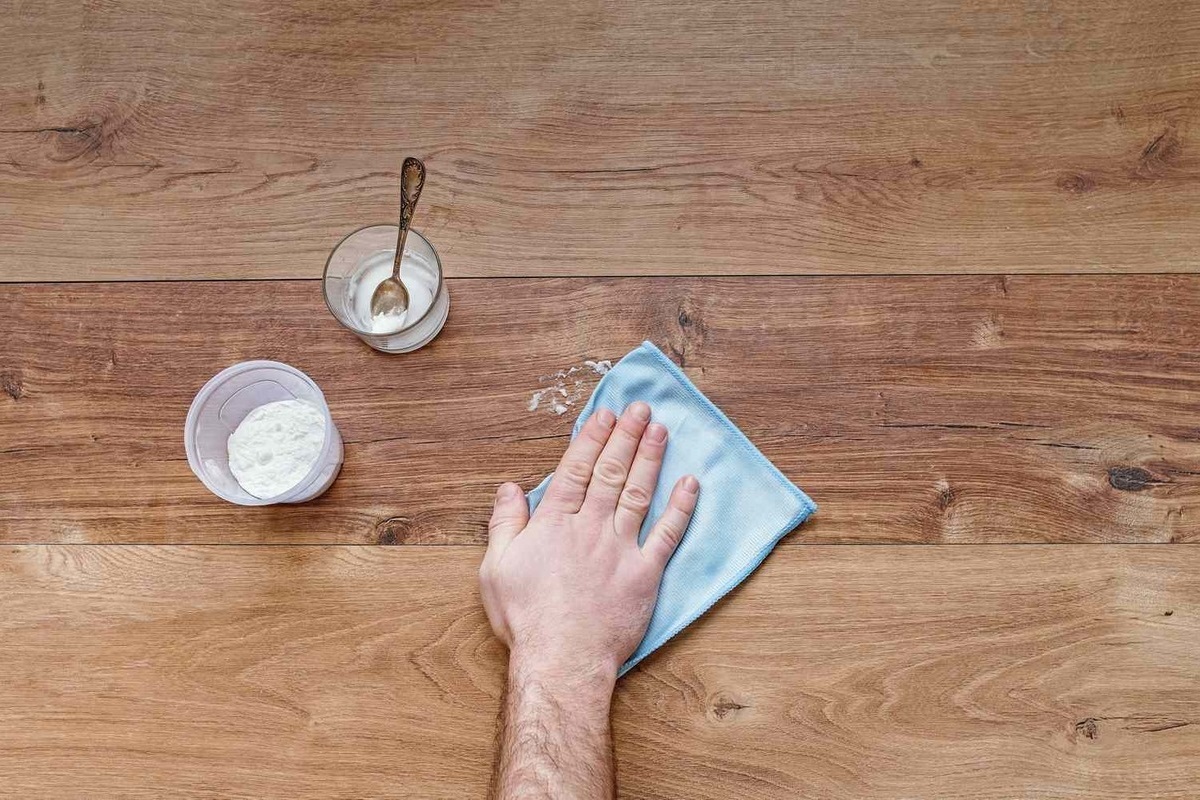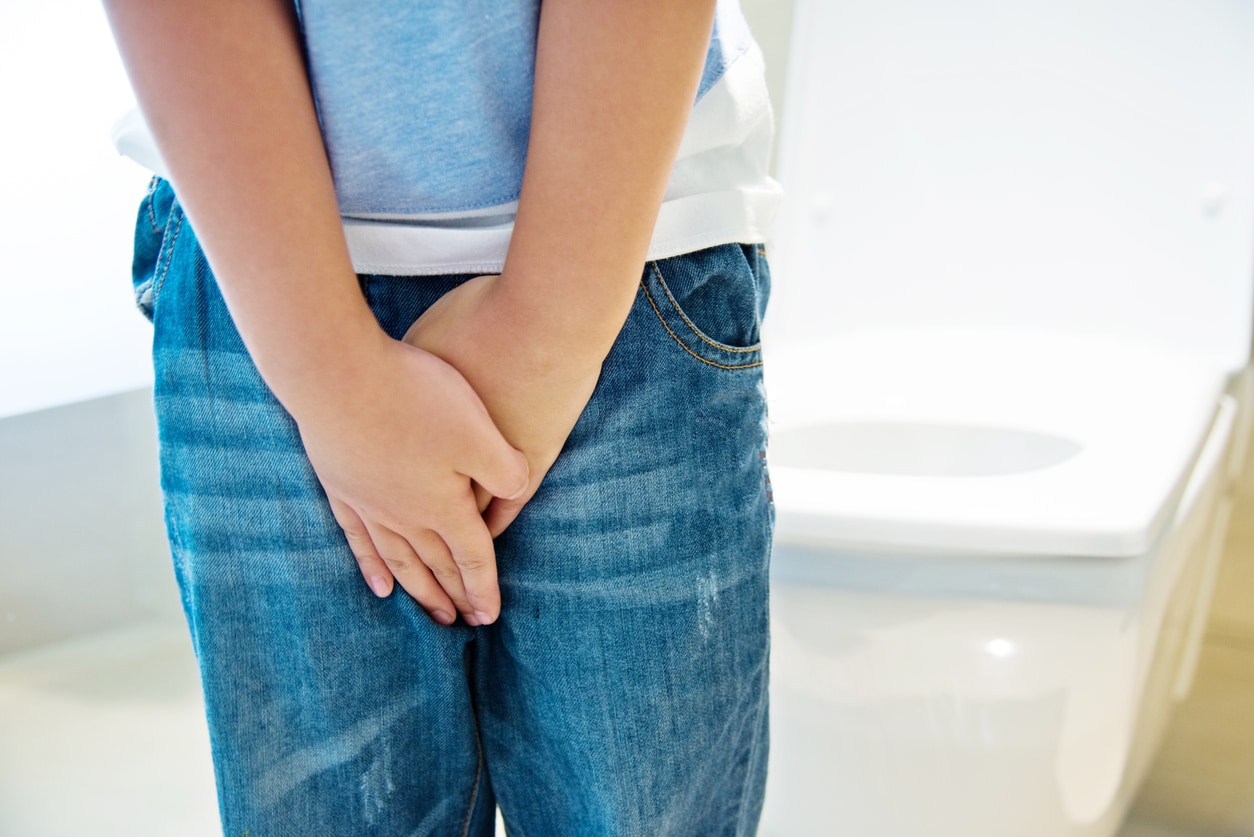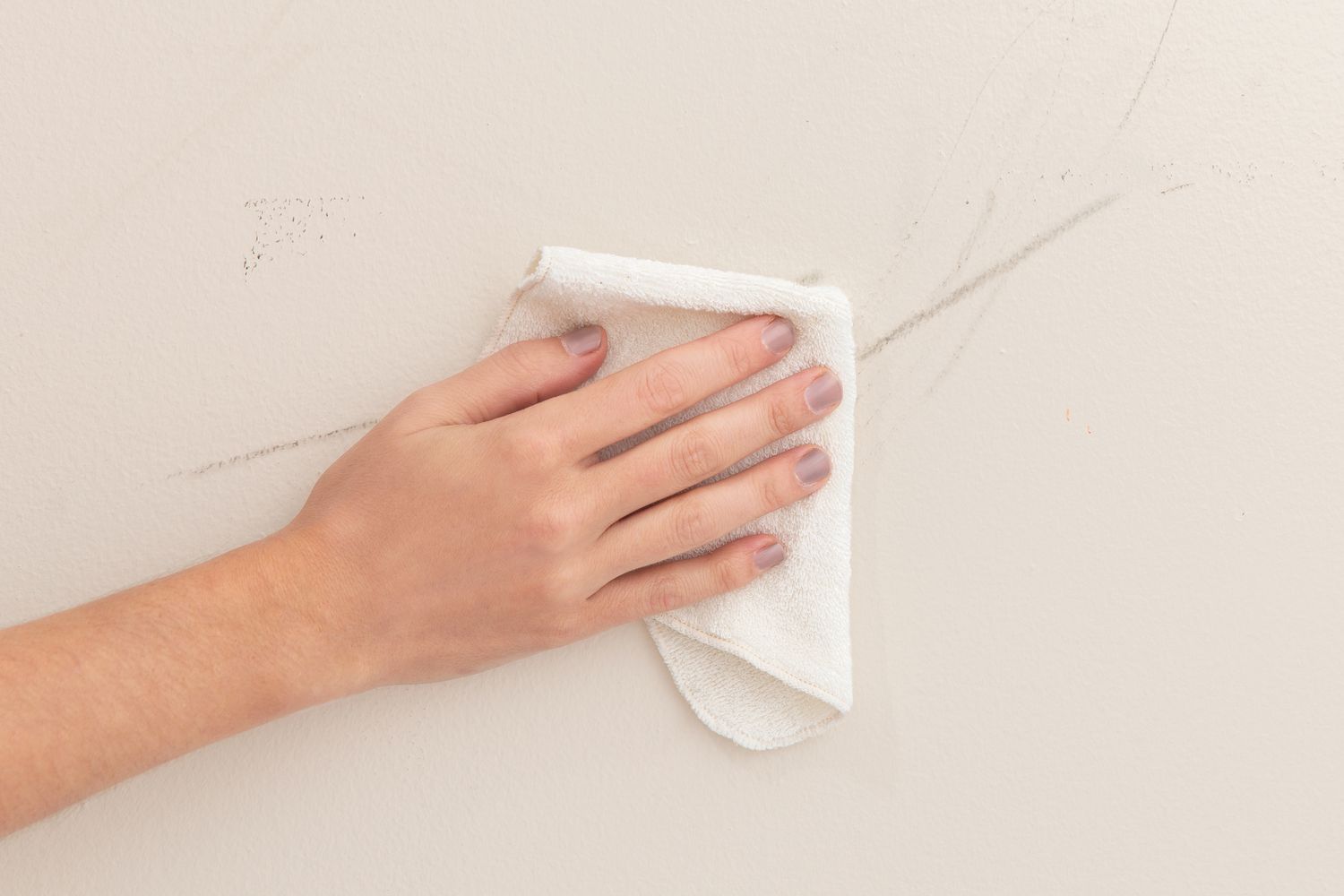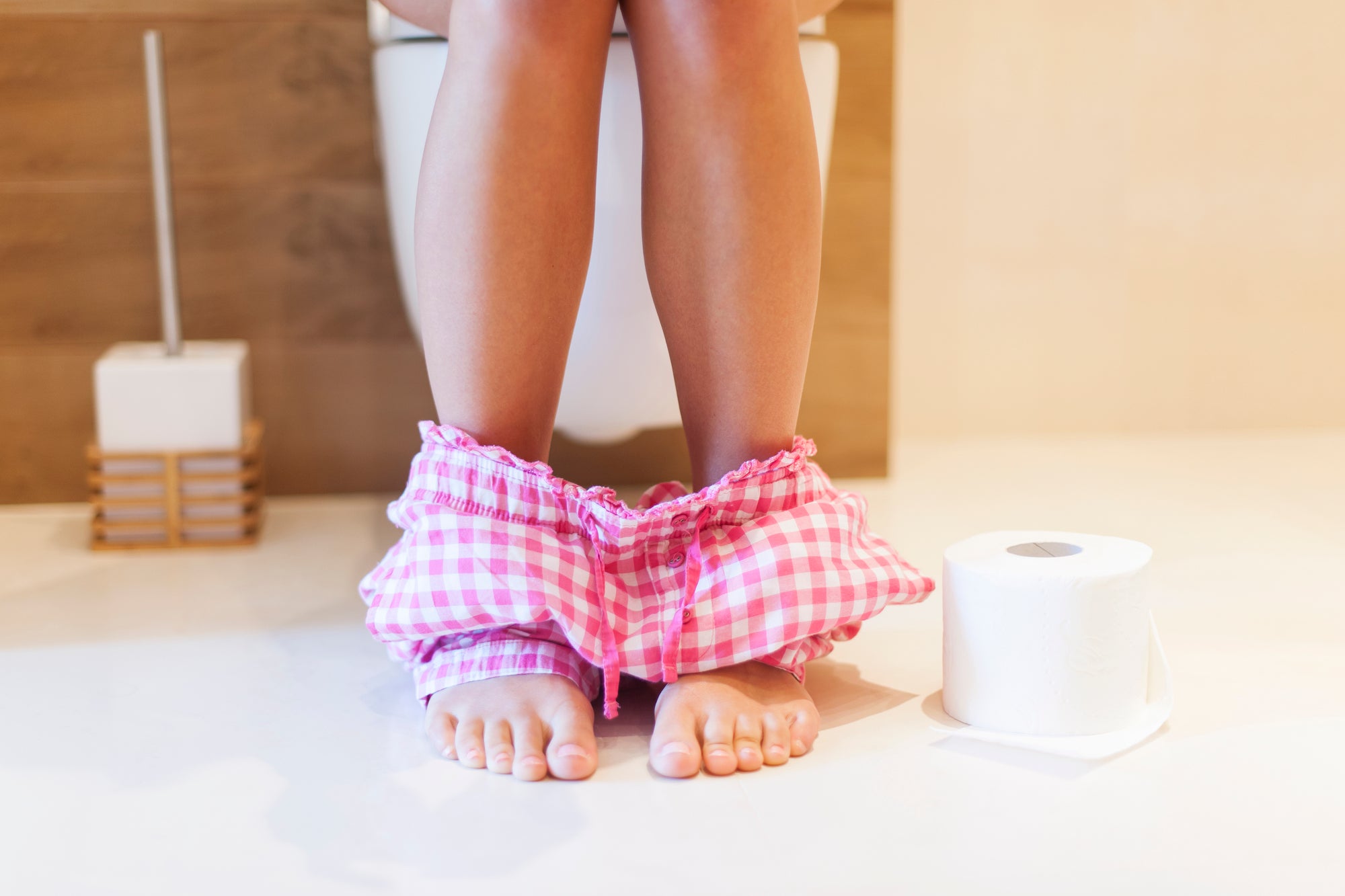Home>How-to Guides>For All>How To Stop Skid Marks On Toilet
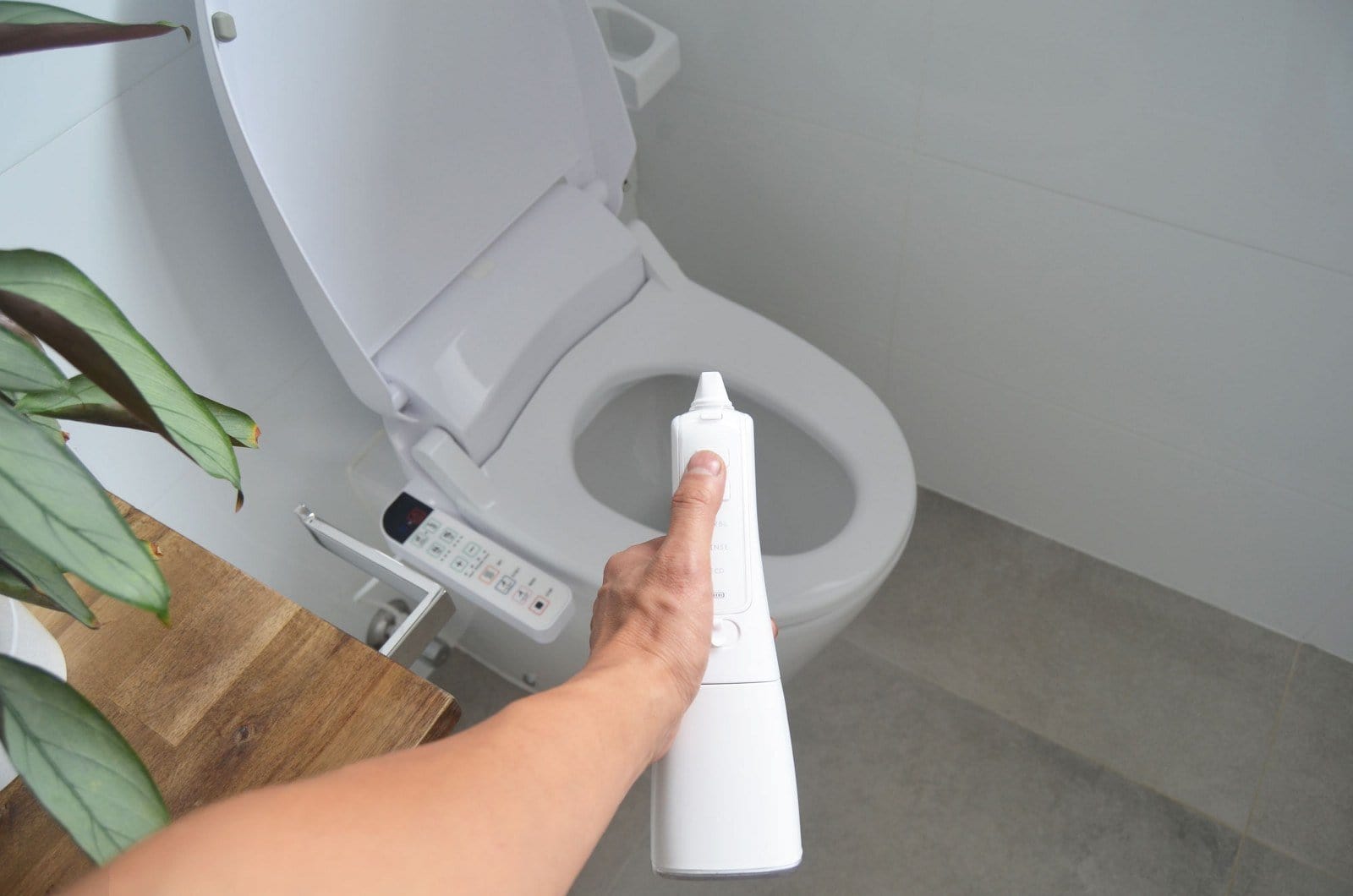

For All
How To Stop Skid Marks On Toilet
Published: July 31, 2023
Discover effective solutions to prevent skid marks on your toilet with this comprehensive guide for all. Say goodbye to pesky stains and keep your bathroom looking clean and fresh.
(Many of the links in this article redirect to a specific reviewed product. Your purchase of these products through affiliate links helps to generate commission for Under-tec.com, at no extra cost. Learn more)
Table of Contents
Introduction
Welcome to our comprehensive guide on how to stop skid marks on the toilet. Skid marks, also known as streaks or skid marks, are unsightly and can be embarrassing to deal with. They’re those stubborn stains that are left behind in the toilet bowl after flushing. If you’re tired of trying to scrub them away, you’ve come to the right place. In this article, we will discuss the causes of skid marks and provide you with effective prevention techniques to keep your toilet bowl looking clean and fresh.
Skid marks can occur for various reasons, but the good news is that they are preventable and manageable. By understanding the causes and following the right practices, you can say goodbye to skid marks for good and ensure a hygienic and pleasant bathroom experience.
Before we dive into the prevention methods, let’s take a closer look at what skid marks actually are and what causes them in the first place. This understanding will help us implement the right strategies to stop skid marks from appearing in our toilets.
Understanding Skid Marks
Skid marks are those unpleasant streaks or stains that are left behind in the toilet bowl after flushing. They can range in color from light brown to dark brown and are caused by residual fecal matter that hasn’t been properly flushed away. These marks can be frustrating to deal with and can create an unclean appearance in your bathroom.
The primary cause of skid marks is the presence of fecal residue. When you use the toilet, there may be occasions when not all of the waste is effectively removed with a single flush. This residue can stick to the sides and bottom of the toilet bowl, resulting in those unsightly marks.
Factors that contribute to the formation of skid marks include inadequate water level in the toilet bowl, improper toilet paper usage, and a lack of regular cleaning. Additionally, an incorrect diet that causes sticky or hard stools can also contribute to the occurrence of skid marks.
It is essential to understand that skid marks are not a reflection of poor hygiene or cleanliness. They can happen to anyone, regardless of how clean you keep your bathroom. With the right knowledge and practices, you can easily prevent and eliminate skid marks, enhancing the overall appearance and cleanliness of your toilet.
Causes of Skid Marks
Skid marks in the toilet can be caused by various factors. Understanding these causes is crucial in order to effectively prevent and eliminate them. Here are some common causes of skid marks:
- Inadequate water level: One of the primary causes of skid marks is an inadequate water level in the toilet bowl. When there is not enough water to create a sufficient swirling action during flushing, waste can stick to the surfaces of the bowl, leaving behind skid marks.
- Improper toilet paper usage: Using an excessive amount of toilet paper or using low-quality toilet paper can contribute to the formation of skid marks. Thick or low-quality toilet paper can break apart and leave residue in the bowl that is difficult to flush away completely.
- Irregular cleaning: Not cleaning the toilet regularly can also lead to the accumulation of skid marks. Over time, the residue from previous uses can build up and create stubborn stains that are challenging to remove.
- Hard or sticky stools: The consistency of your stools can play a role in the formation of skid marks. If your stools are hard or sticky, they are more likely to leave behind residue in the toilet bowl, resulting in skid marks.
- Insufficient flushing: Inadequate flushing after using the toilet can leave behind waste and fecal matter, which can then contribute to skid marks.
By addressing and eliminating these causes, you can significantly reduce the occurrence of skid marks in your toilet. In the next section, we will discuss effective prevention techniques and tips to help you keep your toilet bowl clean and free from skid marks.
Prevention and Tips
Preventing skid marks in your toilet requires a combination of good practices and a few simple tips. By implementing these preventive measures, you can keep your toilet bowl clean and eliminate the frustration of dealing with stubborn skid marks. Here are some effective prevention techniques and tips:
- Regular Cleaning: Make it a habit to clean your toilet regularly. Use a toilet brush and a mild cleaning solution to scrub the bowl, paying special attention to the areas where skid marks tend to accumulate. Regular cleaning will prevent the buildup of residue and make it easier to remove any occasional skid marks.
- Proper Flushing: Ensure that you flush the toilet properly after each use. Press and hold the flush lever until all the waste is completely flushed away. This will help prevent any residual fecal matter from sticking to the bowl and leaving behind skid marks.
- Using Toilet Paper: Be mindful of the type and amount of toilet paper you use. Opt for higher-quality toilet paper that is less likely to break apart and leave residue behind. Use a moderate amount of toilet paper, and avoid excessive wiping, which can contribute to the formation of skid marks.
- Using a Toilet Brush: After using the toilet, give the bowl a quick brush with a toilet brush. This will help dislodge any waste residue that may cling to the bowl. Regular brushing, even if not in conjunction with cleaning agents, can prevent the buildup of skid marks.
- Using Toilet Bowl Cleaner: Incorporate the use of a toilet bowl cleaner into your cleaning routine. Choose a cleaner formulated specifically for removing stains and residue. Regularly applying a toilet bowl cleaner will help dissolve any potential skid marks and keep your toilet bowl fresh and clean.
- Changing Diet: Consider making dietary changes to promote healthier bowel movements. Incorporate more fiber-rich foods into your diet, such as fruits, vegetables, and whole grains. This will help regulate your bowel movements and result in stools that are easier to flush away, reducing the likelihood of skid marks.
By following these prevention techniques and tips, you can maintain a clean and skid mark-free toilet bowl. Remember, consistency is key. Incorporate these practices into your routine to ensure long-term success in preventing skid marks.
Regular Cleaning
Regular cleaning is essential to maintain a clean and hygienic toilet bowl and prevent the formation of skid marks. By incorporating a simple cleaning routine into your bathroom maintenance, you can effectively eliminate any existing skid marks and prevent future ones from appearing. Here are some tips for regular cleaning:
- Use a Toilet Brush: Invest in a good quality toilet brush with sturdy bristles. After each use, give the toilet bowl a quick scrub with the brush. Pay attention to the areas where skid marks are likely to appear, such as the waterline and the bottom of the bowl. This regular brushing will help remove any residual waste and prevent the buildup of skid marks.
- Choose an Effective Cleaner: Select a reliable toilet bowl cleaner that is specifically designed to remove stains and residue. Read the instructions on the cleaner and follow them carefully. Apply the cleaner to the inside of the toilet bowl, focusing on areas with skid marks. Allow it to sit for a few minutes before scrubbing the bowl with the toilet brush. Finally, flush the toilet to rinse away the cleaner and any remaining skid marks.
- Consider Natural Cleaning Methods: If you prefer to use natural cleaning methods, there are several options available. For example, you can use a mixture of baking soda and vinegar. Sprinkle baking soda inside the toilet bowl, followed by a few splashes of vinegar. Let the mixture fizz for a few minutes, then scrub the bowl with a toilet brush. This natural cleaning method is safe, effective, and can help remove skid marks.
- Practice Regular Maintenance: In addition to regular cleaning, make sure to keep up with overall toilet maintenance. Check the water level in the tank and adjust it if necessary to ensure proper flushing. Inspect the flushing mechanism and replace any worn-out parts. Keeping your toilet in good working condition will contribute to the prevention of skid marks.
- Establish a Cleaning Schedule: Create a cleaning schedule that works for you to ensure regular maintenance of your toilet. Set a reminder or mark it on your calendar to keep track of when it’s time to clean the toilet. Consistency is key in preventing the buildup of skid marks.
By incorporating these practices into your cleaning routine, you can maintain a clean and skid mark-free toilet bowl. Regular cleaning not only prevents skid marks but also contributes to overall hygiene in your bathroom. Remember to wear gloves and follow proper safety precautions when handling cleaning agents.
Proper Flushing
Proper flushing is essential to prevent the formation of skid marks in your toilet bowl. When waste is not fully flushed away, it can leave behind residue that contributes to the appearance of those unsightly marks. By following some simple guidelines for proper flushing, you can ensure a clean and skid mark-free toilet. Here are some tips:
- Press and Hold: When flushing the toilet, press and hold the flush lever or button until all of the waste is completely flushed away. This ensures that sufficient water is used to remove any residue from the bowl. Avoid the habit of releasing the flush lever too quickly, as this can result in incomplete flushing.
- Check the Water Level: Inadequate water level in the toilet bowl can contribute to the formation of skid marks. Ensure that the water level in the tank is set to the appropriate level for proper flushing. This can usually be adjusted by a floating mechanism or a fill valve. Refer to the manufacturer’s instructions for your specific toilet model, or consult a professional if needed.
- Consider Dual-Flush Toilets: If you have the option, consider upgrading to a dual-flush toilet. Dual-flush toilets have two different flushing options: a smaller flush for liquid waste and a larger flush for solid waste. This allows for more control over the amount of water used during flushing, reducing the chances of leaving skid marks behind.
- Teach Proper Flushing Techniques: If you have children or guests who may not be familiar with proper flushing techniques, take the time to educate them. Teach them to press and hold the flush lever until the toilet has completely flushed. By instilling this habit in everyone who uses your toilet, you can minimize the occurrence of skid marks.
- Perform a Double Flush if Necessary: In some cases, especially when dealing with larger or stickier stools, a single flush may not be enough to remove all of the waste. If needed, perform a double flush by flushing once, allowing the water to refill, and then flushing a second time. This ensures that any remaining residue is thoroughly flushed away.
By following these guidelines for proper flushing, you can maintain a clean and skid mark-free toilet bowl. Remember to check the water level periodically and adjust it if necessary to ensure optimal flushing performance. Proper flushing not only helps prevent skid marks but also contributes to water conservation and overall cleanliness in your bathroom.
Using Toilet Paper
The proper use of toilet paper can play a significant role in preventing skid marks in your toilet bowl. By following a few simple tips and techniques, you can minimize residue and ensure a clean and hygienic bathroom experience. Here are some guidelines for using toilet paper effectively:
- Moderate Amount: Use a moderate amount of toilet paper when you wipe. Using excessive amounts can result in leftover residue that may contribute to the formation of skid marks. Remember that it’s not about the quantity of toilet paper used, but rather the quality of its usage.
- Gentle Wiping: When wiping, be gentle and avoid applying excessive pressure. Aggressive wiping can cause the toilet paper to break apart, leaving behind bits of paper that can stick to the bowl. Take your time and be mindful of how you wipe to minimize residue.
- Quality Matters: Opt for higher-quality toilet paper that is less likely to break apart or leave behind residue. Look for thicker and more absorbent options that are gentle on the skin. Investing in good-quality toilet paper can make a noticeable difference in preventing skid marks.
- Consider Wet Wipes: Consider using wet wipes or flushable wipes as an alternative to dry toilet paper. Wet wipes provide additional cleanliness and can help remove residue more effectively. Just ensure that the wipes you choose are specifically labeled as flushable to prevent clogging in your toilet or sewer system.
- Proper Disposal: After using the toilet paper, make sure to dispose of it properly in a waste bin or down the toilet. Avoid throwing excessive amounts of toilet paper into the bowl at once, as it can lead to inadequate flushing and the potential for skid marks.
By following these tips for using toilet paper, you can minimize residue and prevent skid marks in your toilet bowl. It’s important to be mindful of your wiping technique and the quality of toilet paper you use. Remember, it’s about finding the right balance between cleanliness and effectiveness while minimizing any potential for skid marks.
Using Toilet Brush
A toilet brush is an essential tool for maintaining a clean and skid mark-free toilet bowl. By using a toilet brush correctly, you can effectively remove residue and prevent the buildup of skid marks. Here are some tips for using a toilet brush effectively:
- Choose a Quality Toilet Brush: Invest in a good-quality toilet brush with sturdy bristles. Look for a brush that is designed specifically for cleaning toilet bowls and has a comfortable handle for easy maneuverability.
- Regular Brushing: Make it a habit to use the toilet brush after each use. Immediately after flushing, scrub the bowl with the toilet brush to dislodge any residue and prevent the formation of skid marks.
- Focus on Problem Areas: Pay particular attention to areas where skid marks are more likely to occur, such as the waterline and the bottom of the bowl. Apply gentle pressure with the brush and scrub in a circular motion to ensure thorough cleaning.
- Use Cleaning Agents: For especially stubborn skid marks or stains, consider using a toilet bowl cleaner in conjunction with the toilet brush. Apply the cleaner to the stained areas, let it sit for a few minutes to break up the residue, and then use the brush to scrub the stains away.
- Rinse the Brush: After each use, rinse the toilet brush thoroughly under running water to remove any residue or cleaning agents. Shake off excess water and store the brush in a well-ventilated holder to allow it to dry completely, minimizing the risk of bacteria growth.
- Replace when Necessary: Keep an eye on the condition of your toilet brush. If the bristles become worn, frayed, or discolored, it’s time to replace the brush. A worn-out brush may not be as effective in removing skid marks and can harbor bacteria.
By using a toilet brush correctly and regularly, you can maintain a clean and skid mark-free toilet bowl. Remember to be thorough in your brushing, paying attention to all areas of the bowl, particularly those prone to skid marks. With proper use and maintenance, a toilet brush is an indispensable tool in maintaining a hygienic bathroom environment.
Using Toilet Bowl Cleaner
Using a toilet bowl cleaner is a highly effective way to remove skid marks and maintain a clean and fresh toilet bowl. By following proper techniques and utilizing the right cleaning products, you can tackle stubborn stains and prevent the recurrence of skid marks. Here’s how to use a toilet bowl cleaner effectively:
- Choose the Right Cleaner: Select a toilet bowl cleaner that is specifically formulated to remove stains and residue. There are various options available, including gel, liquid, and foam cleaners. Consider factors like the severity of the skid marks, the type of stains, and personal preferences when choosing the right cleaner.
- Read and Follow the Instructions: Before using the toilet bowl cleaner, carefully read and follow the instructions provided by the manufacturer. Pay attention to the recommended usage amount, application method, and any safety precautions mentioned.
- Apply the Cleaner: Squirt or pour the cleaner into the toilet bowl, focusing on areas with skid marks. Ensure that the cleaner covers the stains adequately. Allow the cleaner to sit for the recommended amount of time as specified in the instructions. This will give the cleaner enough time to break down the skid marks.
- Scrub with a Toilet Brush: After the recommended waiting time, use a toilet brush to scrub the treated areas. Work the brush in a circular motion to dislodge and remove the skid marks. Pay extra attention to stubborn stains, using firm but gentle pressure to ensure thorough cleaning.
- Flush to Rinse: Once you’ve finished scrubbing, flush the toilet to rinse away the cleaner and any residue. This will help ensure that all traces of the cleaner and skid marks are removed from the bowl.
- Repeat if Necessary: For tougher or more persistent skid marks, you may need to repeat the application and scrubbing process. Follow the instructions on the cleaner for any recommendations on repeated use.
- Properly Ventilate the Bathroom: During and after using the toilet bowl cleaner, make sure the bathroom is well-ventilated. Open windows or turn on the exhaust fan to circulate fresh air. This will help dissipate any strong odors and prevent the buildup of fumes.
By using a toilet bowl cleaner properly, you can effectively eliminate skid marks and maintain a clean and fresh toilet bowl. Remember to follow safety precautions, choose the right cleaner for your needs, and always read and follow the manufacturer’s instructions. With regular use, a toilet bowl cleaner can be a highly effective tool in keeping your toilet bowl skid mark-free.
Changing Diet
The food we consume plays a significant role in our digestive health and can have an impact on bowel movements. Making changes to your diet can help regulate your digestive system and reduce the occurrence of skid marks. Here are some tips for changing your diet to prevent skid marks:
- Increase Fiber Intake: Incorporate more fiber-rich foods into your diet, such as fruits, vegetables, whole grains, legumes, and nuts. Fiber adds bulk to your stools and helps regulate bowel movements, making them easier to pass and flush away.
- Stay Hydrated: Drinking an adequate amount of water throughout the day is essential for maintaining proper hydration and promoting healthy digestion. Water helps soften the stools and aids in smooth elimination, reducing the likelihood of sticky or hard stools contributing to skid marks.
- Avoid Processed Foods: Processed foods, high in sugar, unhealthy fats, and artificial additives, can disrupt digestion and lead to irregular bowel movements. Limit your intake of processed foods and opt for whole, natural foods instead.
- Include Probiotics: Probiotics are beneficial bacteria that promote a healthy gut. Incorporate probiotic-rich foods like yogurt, kefir, sauerkraut, and kimchi into your diet to maintain a balanced digestive system.
- Reduce Fried and Greasy Foods: Fried and greasy foods can slow down digestion and lead to sticky stools. Cut back on foods like deep-fried items, fast food, and greasy snacks to minimize the occurrence of skid marks.
- Avoid Trigger Foods: Pay attention to foods that may trigger digestive issues for you. Common culprits include spicy foods, dairy products, and certain types of beans or legumes. Limit or avoid these foods if they contribute to skid marks in your case.
- Eat Smaller, Frequent Meals: Instead of consuming large, heavy meals, opt for smaller and more frequent meals throughout the day. This can help maintain a more regular bowel routine and prevent the buildup of waste in the digestive system.
- Seek Professional Advice: If you’re struggling with chronic digestive issues or severe skid marks despite dietary changes, it may be beneficial to consult with a healthcare professional or a registered dietitian. They can provide personalized guidance and recommendations based on your specific needs.
By making changes to your diet and adopting healthier eating habits, you can promote regular bowel movements and minimize the occurrence of skid marks in your toilet bowl. Remember that individual results may vary, so it’s important to find the dietary approach that works best for you and supports your overall digestive health.
Conclusion
Dealing with skid marks in the toilet can be frustrating and embarrassing, but with the right knowledge and practices, you can prevent and eliminate them effectively. By understanding the causes of skid marks, such as inadequate water levels, improper toilet paper usage, irregular cleaning, and diet, you can implement preventive techniques to keep your toilet bowl clean and fresh.
Regular cleaning with a toilet brush and the use of a proper toilet bowl cleaner can help remove residue and prevent skid marks from forming. By following the guidelines for proper flushing, using the right amount and quality of toilet paper, and incorporating dietary changes that promote healthy digestion, you can minimize the occurrence of skid marks and maintain a clean and hygienic bathroom environment.
Remember, consistency is key in preventing skid marks. It’s important to develop a cleaning routine, follow proper flushing techniques, and make conscious choices in your diet and bathroom habits. Taking these preventive measures will not only improve the appearance of your toilet bowl but also contribute to overall cleanliness and hygiene.
In conclusion, by following the preventive techniques outlined in this guide, you can say goodbye to skid marks and enjoy a fresh and clean toilet bowl. With a little effort and attention to detail, you can keep your bathroom looking spotless and hygienic, creating a more pleasant experience for yourself and your guests.
